
INGREDIENTS
Safe, natural
ingredients
Written by: Lisette Gutker de Geus
Last update: 18 August 2025
Creating products that are as safe and eco-friendly as possible is one of our top priorities, alongside transparency.
On this page, you can find all the ingredients we use and their functions.
Choose your product
Most important ingredients
NAME
Glycerin
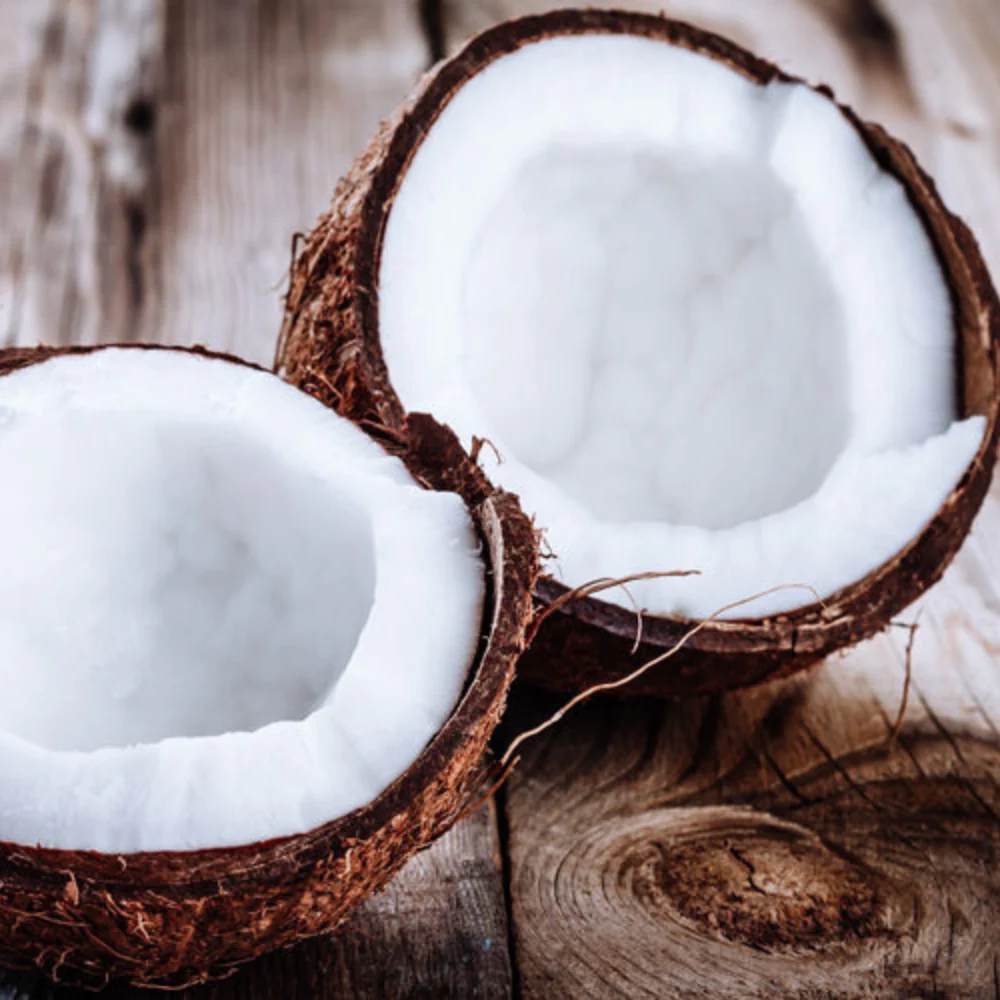
FUNCTION
Glycerin in laundry detergent acts as an added moisturizing agent for clothing. It helps maintain the softness and flexibility of fabrics, even after repeated washing.
🌿 Plant based
CAS No 9005-25-8
NAME
Starch
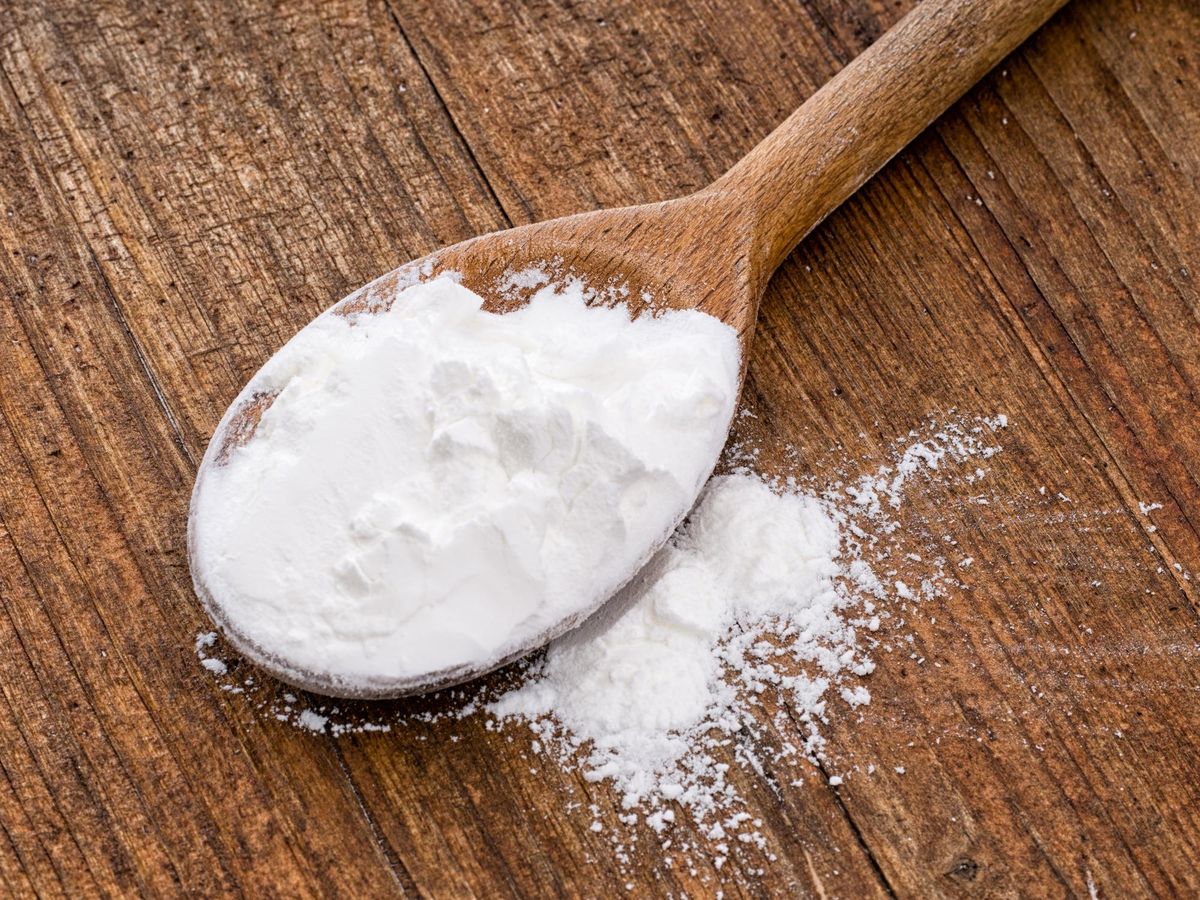
FUNCTION
Contributes to the consistency of our detergent and serves as a biodegradable alternative to synthetic polymers.
🌿 Plant based
CAS No 9005-25-8
NAAM
Protease

FUNCTION
Subtilisin is a protease, an enzyme that helps break down proteins in laundry detergents, such as food stains and bodily grime on clothing. It effectively removes stubborn stains and keeps clothes clean and fresh after washing.
🌿 Plant based
CAS No 9014-01-01
Belangrijkste ingrediënten
NAME
Sodium Carbonate
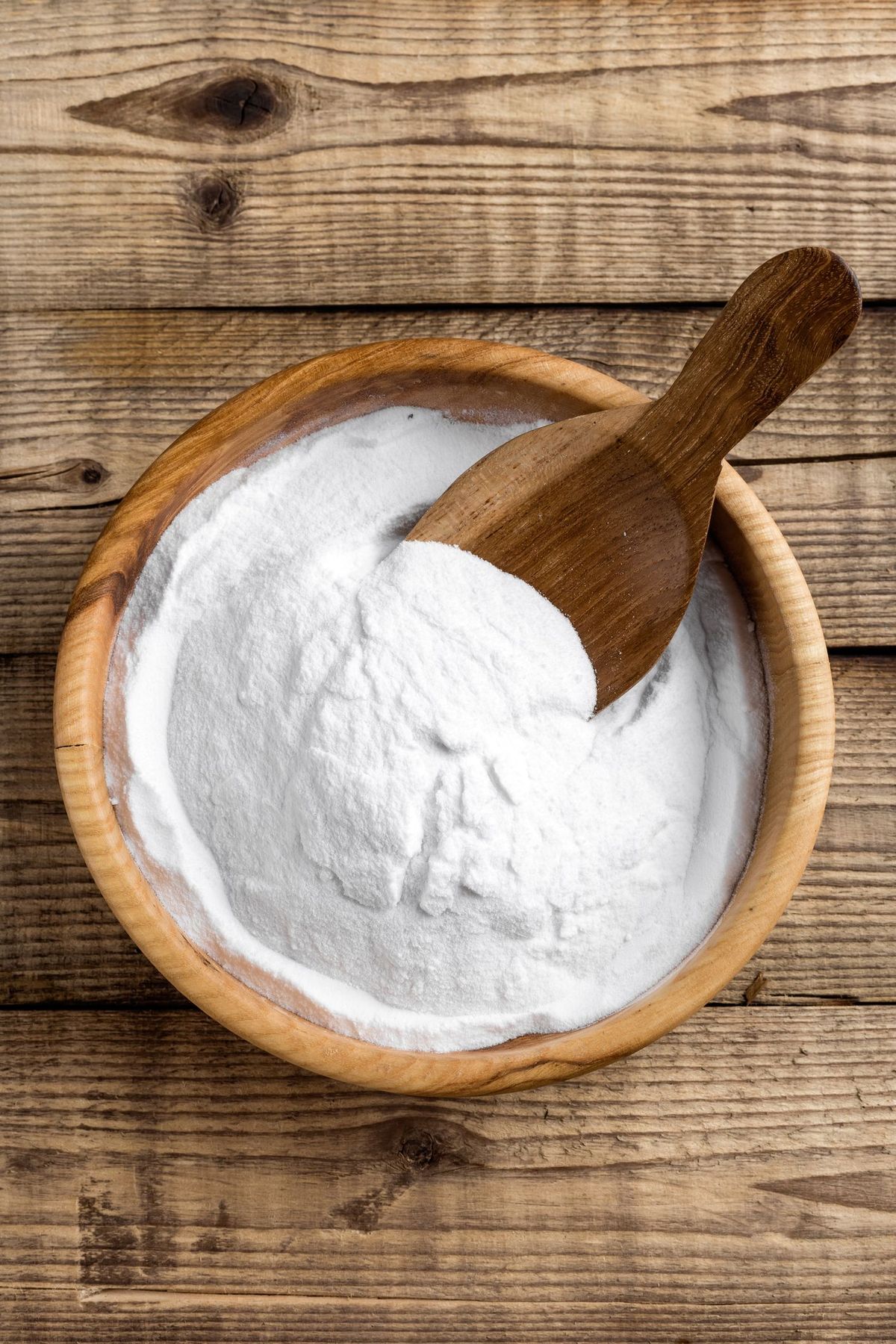
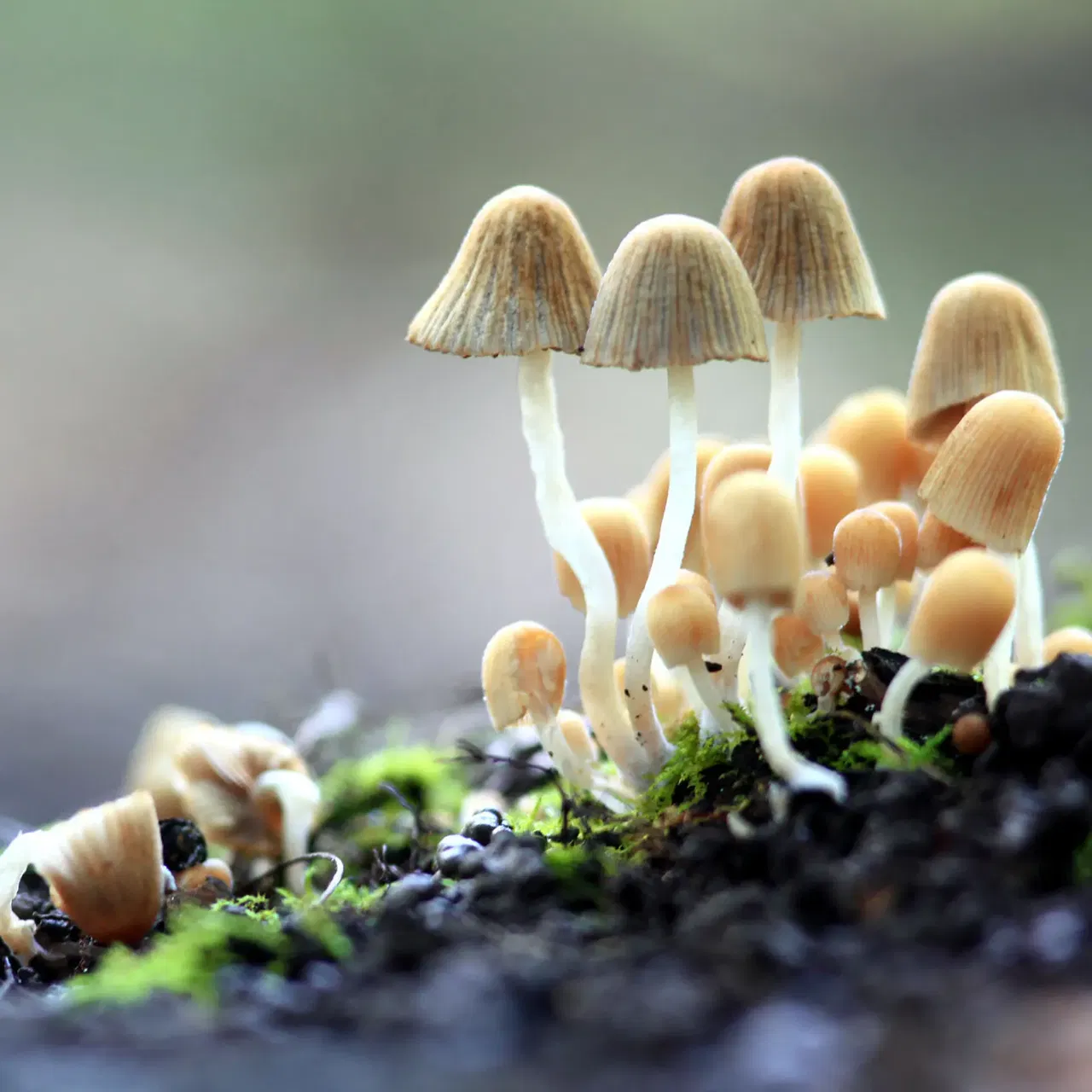
FUNCTION
Sodium carbonate is biodegradable and mineral-based. It increases the pH level in water, which boosts cleaning power and helps break down fats, proteins, and food residues.
🌿 Natural
CAS 497-19-8
NAAM
Protease

FUNCTION
Subtilisin is a protease, an enzyme that breaks down proteins such as food stains. It effectively removes stubborn stains like egg, milk, and meat residues.
🌿 Plant based
CAS 9014-01-01
NAAM
Glycerine

FUNCTION
Plasticizer and processing aid, used to help blend all active ingredients evenly.
🌿 Plant based
CAS 56-81-5
Belangrijkste ingrediënten
NAME
Glycerine

Functie
Glycerine in vloerreinigerstrips fungeert als een hydraterend middel voor oppervlakken. Het helpt bij het behouden van de glans en voorkomt uitdroging van gevoelige vloermaterialen, zelfs na herhaald schoonmaken.
NAAM
Saponine
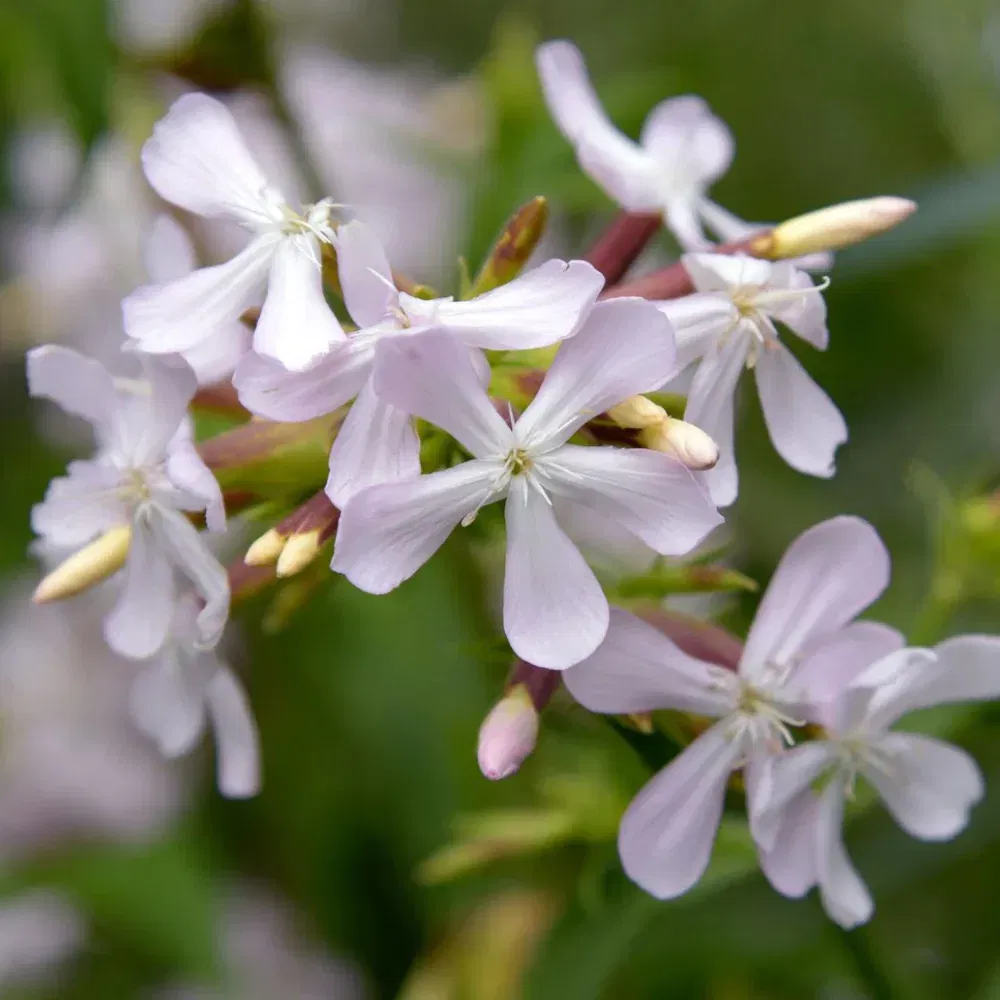
FUNCTIE
Breekt eiwitten af en helpt zo hardnekkige eiwitresten, zoals van gemorst voedsel of vlekken, effectief van vloeren te verwijderen, waardoor de reinigingsprestaties worden verbeterd.
NAAM
Polyvinylalcohol
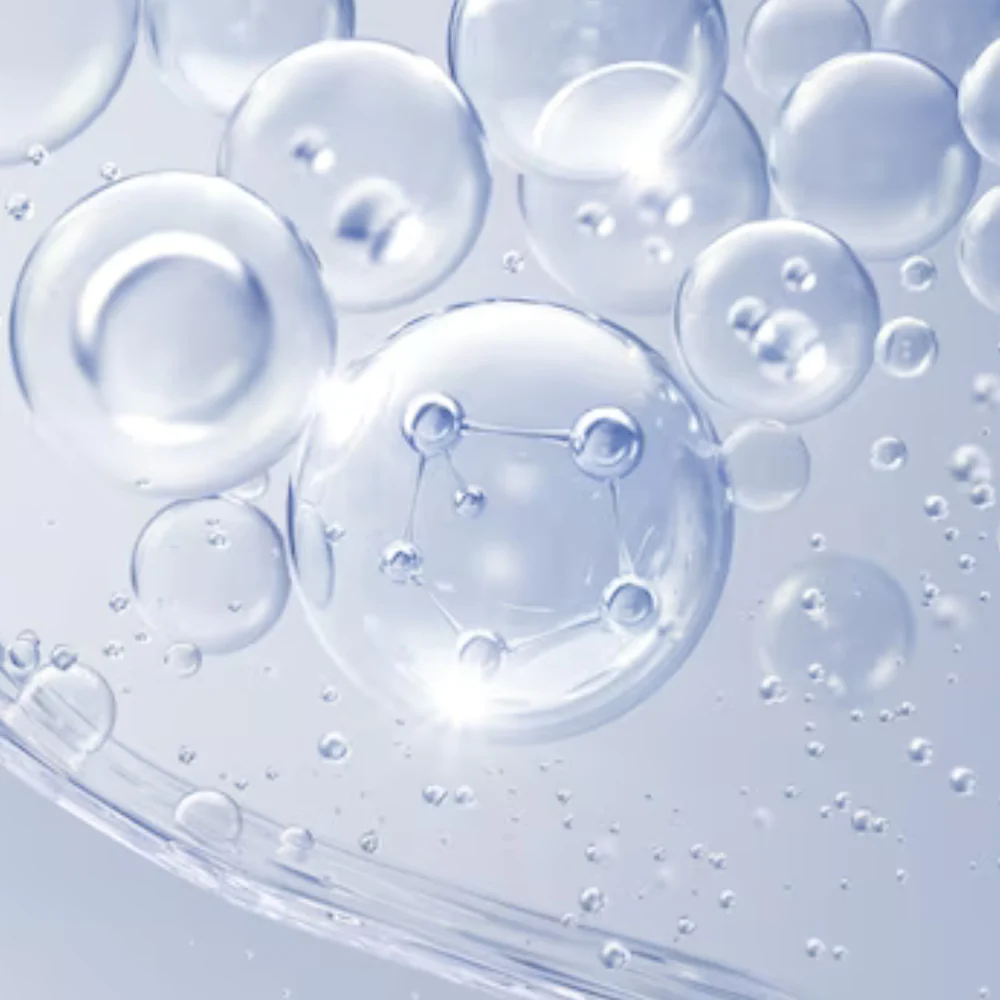
FUNCTIE
Het zorgt ervoor dat de bestanddelen van onze vloerreinigerstrips op een gecontroleerde manier worden afgegeven. Wanneer de strip in water wordt gelegd, lost deze volledig op, waardoor alle actieve ingrediënten worden vrijgegeven om effectief schoon te maken. Bovendien zorgt het er ook voor dat stof en vuil makkelijk worden opgenomen.
Ingredients
🌿 Natural
Function: Urea acts as softnening agent for the cloths keeping them soft and smooth. It also interacts with the fragrance oils and helps to slowly release the fragrance when exposed to moisture (such as humidity or during washing). This gradual release of fragrance allows the beads to provide long-lasting scent over time.
CAS No 57-13-6
🌿 Plant derived
Function: Acts as a binder and stabilizer in the formula. It can also aid in the breakdown of fats and oils, enhancing cleaning power.
CAS No 9050-36-6
👨🔬 Synthetic
Function: Microcapsules ensure a controlled and long-lasting release of the fragrance.
Our microcapsules are microplastic-free in accordance with EU regulations.
👨🔬 Synthetic
Linalool (CAS 78-70-6): Linalool is a naturally occurring terpene alcohol found in many flowers and herbaceous plants. It is often extracted from lavender, mint, and coriander.
Benzyl Cinnamate (CAS 103-41-3): Can also be plant-based and is found in cinnamon leaves and bark. It has a cinnamon-like warmth and a balsamic scent.
Coumarin (CAS 91-64-5): Naturally occurs in tonka beans (the main source), lavender, vanilla grass, and cherry blossoms. It has a sweet, warm fragrance with a vanilla-like aroma.
Citronellol (CAS 106-22-9): Citronellol is a naturally occurring acyclic monoterpenoid found in essential oils such as rose and geranium.
Geraniol (CAS 106-24-1): Geraniol also naturally occurs in geraniums and roses. This is why it has a fresh, floral scent.
Limonene (CAS 5989-27-5): Limonene is a cyclic monoterpene commonly found in the peels of citrus fruits such as oranges, lemons, and limes.
🌿 Natural
Function: It helps to maintain a stable pH level, which is important in ensuring that the fragrance oils in the scent beads are stable and do not degrade prematurely. It works in combination with citric acid contributing to the disgreation of beads during the wash
CAS No 144-55-8
🌿 Plant derived
Function: Contributes to the consistency of our beadsand serves as a biodegradable replacement for synthetic polymers
CAS No 9005-25-8
🌿 Plant derived
Function: In combination with sodium bicarbonate support the disgregation action of the beads into the water. Citric acid acts also as water softner
CAS No: 77-92-9
🌿 Natural
Function: It can act as a carrier for active ingredients, helping distribute them more evenly throughout the sheet.
CAS No 1332-58-7
🌿 Plant derived
Function: Binder agent: give structure to the scent beads pearl, it can absorb excess moisture, which helps to prevent clumping or softening of the beads, particularly in humid environments
CAS No 7757-82-6
👨🔬 Synthetic
Function: Microcapsules ensure a controlled and long-lasting release of the fragrance.
Our microcapsules are microplastic-free in accordance with EU regulations.
👨🔬 Synthetic
Function: Binding agent: bind the fragrance oils and other ingredients together, helping form a cohesive bead that holds its shape. This prevents the fragrance oils from leaking out prematurely.
CAS No: 25322-68-3
🌿 Plant derived
Function: Sulfonated fatty acid ester, typically derived from plant-based sources like palm oil, coconut oil, or soybean oil. It is an anionic surfactant Surfactant which lowers the surface tension of water, helping it spread and penetrate fabrics. It also lifts and suspends dirt and oils so they can be rinsed away. It also helps to create and stabilize the foam.
CAS No: 93348-22-2
Synthetic 👨🔬
Linalool (CAS 78-70-6): Linalool is a naturally occurring terpene alcohol found in many flowers and herbaceous plants. It is often extracted from lavender, mint, and coriander.
Benzyl Cinnamate (CAS 103-41-3): Benzyl cinnamate can also be plant-based and is found in cinnamon leaves and bark. It has a cinnamon-like warmth with a balsamic scent.
Citronellol (CAS 106-22-9): Citronellol is a naturally occurring acyclic monoterpenoid found in essential oils such as rose and geranium.
Butylphenyl Methylpropional (CAS 80-54-6): Butylphenyl methylpropional is a synthetic aromatic aldehyde, not found naturally. Scent profile: floral, soft, slightly sweet, and powdery. It is most commonly associated with the smell of lily of the valley (muguet) and brings a clean, fresh, slightly green floral note to fragrance blends.
🌿 Natural
Function: It helps to maintain a stable pH level, which is important in ensuring that the fragrance oils in the scent beads are stable and do not degrade prematurely. It works in combination with citric acid contributing to the disgreation of beads during the wash
CAS No 144-55-8
🌿 Plant derived
Function: Contributes to the consistency of our beadsand serves as a biodegradable replacement for synthetic polymers
CAS No 9005-25-8
🌿 Plant derived
Function: In combination with sodium bicarbonate support the disgregation action of the beads into the water. Citric acid acts also as water softner
CAS No: 77-92-9
🌿 Natural
Function: It can act as a carrier for active ingredients, helping distribute them more evenly throughout the sheet.
CAS No 1332-58-7
🌿 Plant derived
Function: Binder agent: give structure to the scent beads pearl, it can absorb excess moisture, which helps to prevent clumping or softening of the beads, particularly in humid environments
CAS No 7757-82-6
🌿 Plant derived
Function: Sulfonated fatty acid ester, typically derived from plant-based sources like palm oil, coconut oil, or soybean oil. It is an anionic surfactant Surfactant which lowers the surface tension of water, helping it spread and penetrate fabrics. It also lifts and suspends dirt and oils so they can be rinsed away. It also helps to create and stabilize the foam.
CAS No: 93348-22-2
👨🔬 Synthetic
Function: Binding agent: bind the fragrance oils and other ingredients together, helping form a cohesive bead that holds its shape. This prevents the fragrance oils from leaking out prematurely.
CAS No: 25322-68-3
👨🔬 Synthetic
Function: Microcapsules ensure a controlled and long-lasting release of the fragrance.
Our microcapsules are microplastic-free in accordance with EU regulations.
Synthetic 👨🔬
Hexyl Cinnamal (CAS 101-86-0): Also known as hexyl cinnamaldehyde, this fragrance compound can be derived from the leaves and bark of cinnamon trees. It mimics a natural scent found in chamomile.
Benzyl Cinnamate (CAS 103-41-3): Benzyl cinnamate can also be plant-based and is found in cinnamon leaves and bark. It has a cinnamon-like warmth with a balsamic scent.
Citral (CAS 5392-40-5): Citral occurs naturally in the oils of several plants, including lemongrass (Cymbopogon citratus), lemon myrtle (Backhousia citriodora), and the peel of citrus fruits.
🌿 Natural
Function: Urea acts as softnening agent for the cloths keeping them soft and smooth. It also interacts with the fragrance oils and helps to slowly release the fragrance when exposed to moisture (such as humidity or during washing). This gradual release of fragrance allows the beads to provide long-lasting scent over time.
CAS No 57-13-6
🌿 Plant derived
Function: Acts as a binder and stabilizer in the formula. It can also aid in the breakdown of fats and oils, enhancing cleaning power.
CAS No 9050-36-6
👨🔬 Synthetic
Function: Microcapsules ensure a controlled and long-lasting release of the fragrance.
Our microcapsules are microplastic-free in accordance with EU regulations.
👨🔬 Synthetic
Hexyl Cinnamal (CAS 101-86-0): Also known as hexyl cinnamaldehyde, this fragrance compound can be derived from the leaves and bark of cinnamon trees. It mimics a natural scent found in chamomile.
Benzyl Cinnamate (CAS 103-41-3): This compound can also be plant-based and is found in cinnamon leaves and bark. It provides a cinnamon-like warmth and balsamic scent.
Citral (CAS 5392-40-5): Citral occurs naturally in the oils of several plants, including lemongrass (Cymbopogon citratus), lemon myrtle (Backhousia citriodora), and the peel of citrus fruits.